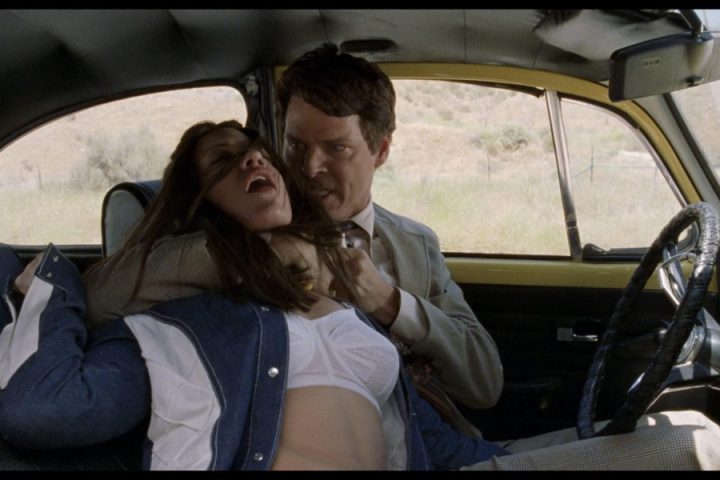Amazon’s new TV series Fallout kicks off with a bang, literally. One of the lead characters, portrayed by Walton Goggins, introduces a fascinating “rule of thumb” about nuclear explosions.
The character, known as The Ghoul, shares a military training tip: if you stretch out your arm and align your thumb with the blast, you can gauge your chances of survival. The rule, surprisingly believed by some, states that if the mushroom cloud is smaller than your thumb, you’re safe from the radioactive fallout. However, if the cloud is larger than your thumb, your luck may have run out.
While flashing a thumbs-up to a mushroom cloud might raise eyebrows among fellow survivors, is there any truth to this rule?
Thanks to the Fallout video game series, this question has sparked the curiosity of undergraduate physicists at the University of Leicester. They were intrigued by the rumor that Vault Boy, the series’ mascot, is giving a thumbs-up in reference to this rule, and decided to investigate its validity.
The team focused on smaller blasts consistent with the series’ setting, specifically a 15-kiloton blast, equivalent to the “Little Boy” bomb dropped on Hiroshima. They calculated the distance you’d need to be from the mushroom cloud for your thumb to cover the blast, concluding it to be around 12.6 kilometers (7.8 miles).
However, even at this distance, safety is not guaranteed, especially considering the potential for wind-borne radiation and the looming threat of nuclear winter. Your primary concern should be avoiding the wind carrying the radiation.
If you’re caught in this wind, you could receive a lethal dose of radiation. But, by following a second rule – run like the wind – you might be able to minimize your exposure.
The team concluded, “If a 15 kiloton nuclear bomb was to detonate, and your thumb extended at an arm’s length just covered the blast, you could survive most negative radiation effects by running laterally to the direction of the wind for a minimum of 1.65 km [1 mile] in half an hour, assuming you are standing directly upwind to the blast.”
However, this rule only applies to a blast far smaller than today’s nuclear weapons. Even with smaller blasts, the rule is likely ineffective due to the radiation released into the upper atmosphere and the unpredictability of the wind. Ruth McBurney, the executive director of the Conference of Radiation Control Program Directors in Frankfort, Kentucky, advises that “shelter is the preferable strategy if you think you may be in an area where fallout may be present or approaching.”
Additional strategies suggest seeking temporary shelter immediately after the blast, then moving to a safer nearby shelter about half an hour later. Official guidelines recommend getting inside, away from windows, staying put, washing, and waiting for further instructions. And whatever you do, don’t condition your hair during a nuclear fallout!







